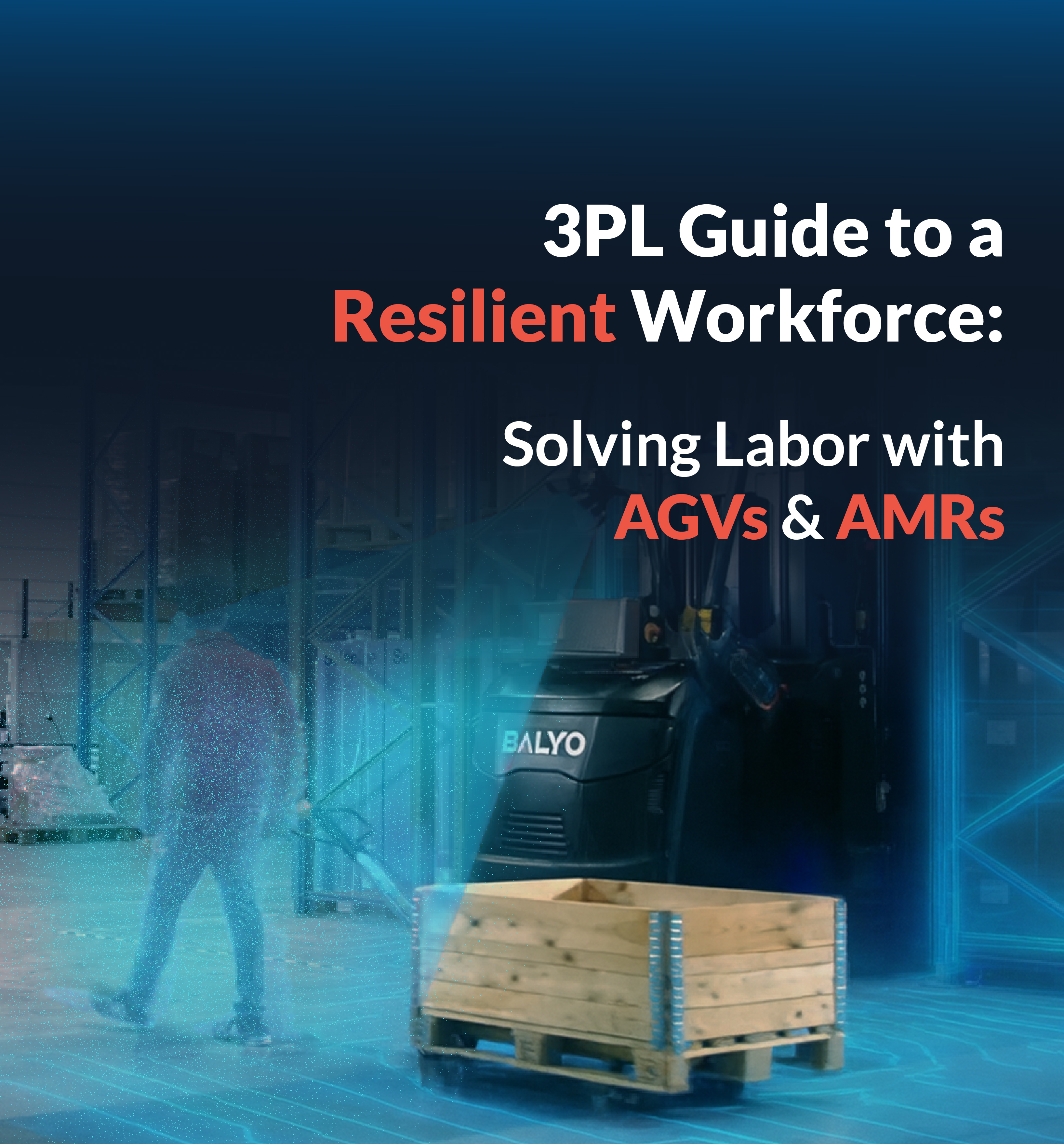
When talking with some of the world's largest brands that support complex logistics chains, we've seen hesitation when introducing advanced robotics into a human-centric workspace. However, this focus on the new and visible overlooks the statistically proven danger we have accepted for decades: the unpredictability of manual operations for pallet movement and storage. The single greatest safety risk in any 3PL warehouse is not the robot; it is the unquestioning adherence to the manual-operation status quo. The status quo is not a zero-risk baseline; it is an environment proven to generate a consistent and costly number of accidents.
Quantifying the Manual Operation Risk
The numbers associated with traditional forklift operations are a clear indictment of the current model. As detailed in our main guide, accidents are common. Let's dissect the primary causes, according to data from OSHA and forklift safety studies:
- Collisions with Pedestrians: A staggering 20% of all forklift fatalities involve a pedestrian being struck by the vehicle¹. The forklift's mast, load, and chassis create significant blind spots that the human eye simply cannot overcome.
- Forklift Overturns: These are the single most common cause of fatalities, accounting for 24% of all deadly forklift accidents². Overturns are often caused by operators driving too fast, turning too sharply, or operating on an incline.
- Operator Error: This is the root of most incidents. A study by the Health and Safety Executive (HSE) in the UK found that operator error was a contributing factor in 57% of forklift accidents they investigated³. This includes everything from complacency to distraction to lack of training.
An automated forklift is designed to mitigate these exact risks. Its 360-degree sensor array has no blind spots. Its movements are governed by strict safety protocols that it cannot override. When you compare the two, the robot is the predictable safety constant. The manual operator is the variable.
The Financial Gamble of Inaction
Clinging to the status quo is a disastrous financial strategy. The National Safety Council's "Injury Facts" report provides a breakdown of the costs. Beyond the $44,000 average for a medically consulted injury, the NSC emphasizes that indirect costs (lost productivity, investigation time, retraining) can be 2 to 4 times greater than the direct costs of medical and compensation payments⁴.
This is the price of the status quo—a recurring, unpredictable expense built into the fabric of manual operations. Introducing an autonomous forklift system is not adding a new risk; it is a capital investment to remove the largest and most unpredictable risks from your operation. It transforms a volatile operational expense into a predictable, ROI-generating asset.

Reframing the Future of the Workforce
A final, critical risk of the status quo is its impact on your workforce. A 2023 survey by Instawork found that 73% of hourly warehouse workers were considering leaving their jobs, with "safety concerns" being a top reason⁵. A workplace that is perceived as dangerous will always struggle with high turnover.
Automation reframes the role of your employees from manual laborers to skilled technology operators. By removing them from the most dangerous tasks, you are not only protecting them but also creating more engaging, higher-value career paths. A facility with an Automated Guided Vehicle (AGV) forklift fleet is a more attractive place to work, improving retention and reducing the immense costs associated with constant recruitment.
The debate over warehouse safety must evolve. The status quo—with its reliance on fallible operators—is a model that guarantees accidents and injuries. An automated forklift solution offers a new choice: to reject that acceptance and engineer a fundamentally safer and more predictable operational reality. Ready to break free from the status quo? Contact us today to start your journey.
Citations
1 . Occupational Safety and Health Administration (OSHA): Commonly Used Statistics
2. National Institute for Occupational Safety and Health (NIOSH): Preventing Injuries and Deaths of Workers Who Operate or Work Near Forklifts
3. Health and Safety Executive (HSE) UK: A study of forklift truck accidents
4. National Safety Council (NSC): Business Case for Safety
5. Instawork: State of the Warehouse Worker Survey



